| Columns Retired Columns & Blogs |
Richard Sequerra: Tuning In Page 2
My friends at Hudson Radio pointed me toward Marantz. I had just invented this big strobe system and was trying to get funding to form a company, and I didn't know how long I'd be able to stay there if they wanted me. But I went, thinking it was just another little thing—I was doing some consulting on the side anyway—and I met Saul Marantz. Saul said, "Your background is fine; I'd like you to talk to Sid Smith." So I met Sid, who was his engineer and one of the great geniuses of audio, really far beyond anyone. He came with me to Saul, who said, "We want you to come here. When can you start?" And I said, "Whenever you like." Then Saul took me aside and said, "Maybe you can help Sid get the Model 9 released."
Footnote 1: Stereophile's obituary for Sidney Stockton Smith, who died at age 77 in October 2000, is online here.—Ed.
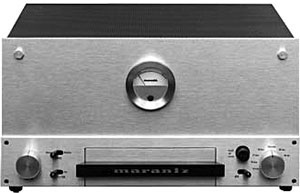 Lander: The Marantz 9 [manufactured from 1960 through 1968—Ed.], of course, was a noted mono power amp meant to be used in pairs. Did you participate in the design?
Lander: The Marantz 9 [manufactured from 1960 through 1968—Ed.], of course, was a noted mono power amp meant to be used in pairs. Did you participate in the design?
Sequerra: I designed one thing in the Model 9: a heat shield to protect the electrolytic capacitors from the tubes. I also did the final measurements. But nothing was ever right for Sid, so I came in to push him. He was alone as the engineer, though there were a couple of technicians, and once I came in there was someone who could actually talk to him, and in some ways motivate him and direct him.
Lander: Many engineers are procrastinators.
Sequerra: Procrastination was a problem for him, but Sidney was the most accomplished engineer I have known to this day—one in a million, in terms of ability. I miss him terribly (footnote 1).
Lander: Tell us about the celebrated 10B tuner.
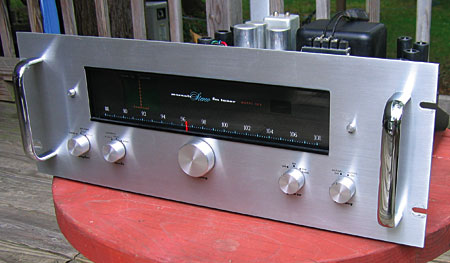
Sequerra: I was still trying to get a company called Unilux funded to produce these big industrial strobes I had invented, but Saul and Harold Weiler, who was the salesman and also the author of a very popular book on audio called High Fidelity Simplified, came to me after a couple of months. Saul said, "Look, we really need a tuner. Our dealers are insisting we do a tuner, and we know you've done some tuner work at Pilot."
Lander: In fact, Unilux was founded, in 1962, and is currently a major manufacturer of stroboscopic lighting. But let's stay with the 10B.
Sequerra: I said, "Well, it's a major project, but I could make a demonstration prototype to show your dealers and distributors that Marantz is working on a tuner." I think it was Sid that said, "I have a friend I worked with in Chicago at Radio Craftsman. His name is Mitchell Cotter." Mitch Cotter was then head of audio testing at Consumers Union [publisher of Consumer Reports]. So Mitch came in—he was going to give us some theoretical background—and Larry Seligson, his second in command, came in. Mitch is a great reservoir of theoretical things because he reads everything, and Larry is a very practical guy. Larry said, "You know, at Consumers Union we've developed a way to look at the multipath of FM, and that's with an oscilloscope." And he described the system. I immediately said, "Yes, that's an excellent idea. Let's put an oscilloscope in the tuner." They looked at me and said, "You're crazy." I said, "No. We have to set ourselves apart."
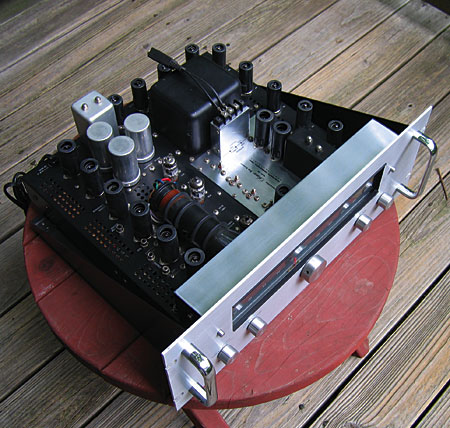
Then there was the question of what was really required of a good FM tuner, not just one that received FM. Before we made the 10B, everybody said, "Well, you just make a tuner—be sure it'll receive the signal, and make it a superheterodyne (footnote 2)." Mitch Cotter and Larry Seligson's contribution, which I think is significant, was defining the system requirement. That had never been done before—nobody had ever defined what was really required, and we did, and we built [the 10B] to the requirement. Two things that I insisted on were the scope and the linear tuning dial—up to then, there was no such thing as a linear dial in a tuner. Sidney did the scope, along with the multiplex and power supply. I did the RF front end, the IF, the limiter, and the detector. Saul did the appearance.
Toward the end of the design project, the G.E. [sum-and-difference/pilot-tone] system for stereo was approved, so I was sent up to G.E. in Utica, and I took their little course over, I think, one or two days, and I brought back all the information and said to Sid, "Okay, we have to make not only a decoder but a stereo generator that is far better than anybody was imagining, based on the definition of the [G.E.] system." So Sidney designed the stereo generator, which was capable of better performance than anything that had been done for broadcast or for lab work at G.E. Then he designed the stereo decoder, and it was also far beyond anything on the market.
Lander: You and Saul went on the road and personally introduced the 10B to dealers and audio societies. Did they think the oscilloscope was excessive?
Sequerra: Only until we explained that it would permit them to get more satisfactory reception than was ever before possible, because it showed that multipath was a big problem and gave them a visual indication of how they could reduce it by just turning the antenna. There was no question—the 10B tuner outperformed in every area everything that was available from anywhere in the world. We wanted to sell it for $550, and we looked at the pricing. We went over it very carefully and arrived at a price of $750. Even at that, it wound up we weren't making any money.
Lander: You and Sid Smith got together again in your own firm, Sequerra, Inc., in the mid-1970s and produced the Sequerra 1 tuner, which you had hoped to use as leverage to sell the company. But you had a financial backer, and he refused to sell, so you and Sid left.
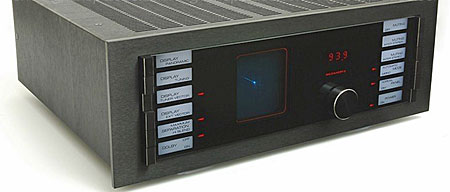
Sequerra: Ultimately, the company became DaySequerra. The residue eventually sold to David Day, but the time for an FM tuner had passed.
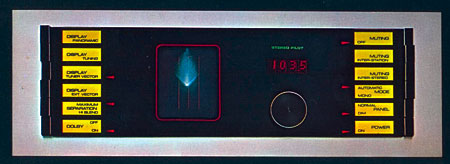
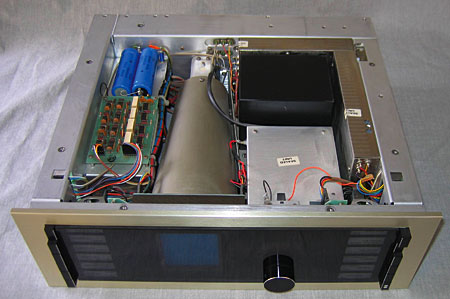
Lander: In 1976, GAF bought WNCN, a New York City classical FM station, and Jesse Werner, who ran the parent company and owned a Sequerra 1 tuner, tapped you to redo the studio and equipment. After that, WNCN sounded about as good as FM ever got (footnote 3). Was there a particular key to their transmission capabilities?
Sequerra: From a technical point of view, the concept was to broadcast with the minimum amount of limiting and compression. I was fortunate to go to Marantz at the right time and to be given the opportunity to do what I wanted to do. I was even luckier when GAF, after they bought WNCN, came to me and said, "Build us a radio station."
Footnote 1: Stereophile's obituary for Sidney Stockton Smith, who died at age 77 in October 2000, is online here.—Ed.
Footnote 2: A superheterodyne tuner allows the received RF signal to beat with a fixed oscillator in order to produce a constant intermediate-frequency (IF) signal from which the audio can be demodulated.—Ed.
Footnote 3: WNCN-FM shocked New York's classical audience in December 1993 by switching to a hard-rock format.—Ed.
- Log in or register to post comments




































